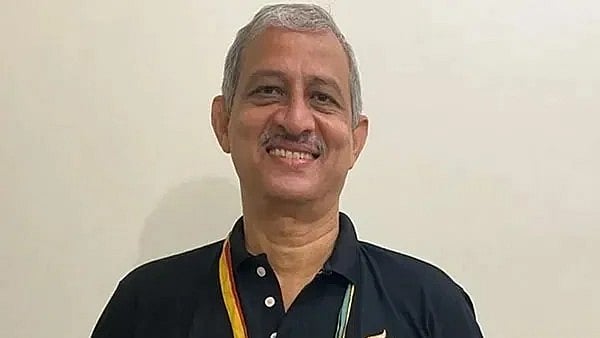Sports
Exclusive: We took long to adjust to astro turf and rule changes: Somaya
Olympic gold medallist and former captain says Los Angeles 1984 was the best team he ever played on

The lanky figure of M.M. Somaya at the right half position had been a regular feature over three Olympic Games across the Eighties. The names of Mohammed Shahid, Zafar Iqbal, Somaya or Romeo James still gives goosebumps to a student of the game’s history, though the man himself candidly admits that their collective potential didn’t always translate to achievements.
A member of the gold medallist 1980 Moscow Olympics team, Somaya is as nostalgic as his peers at Indian hockey celebrating it’s 100-year journey. If there is a tinge of regret in him, it was about the game taking too long to adapt itself from grass to astro turf in India – and hence a long lull had set in for long till the current generation ended the drought with a much-awaited bronze finish in Tokyo 2020.
Speaking to National Herald over phone, the skipper of India’s 1988 Seoul Olympics reflected: ‘’ I made my international debut in Moscow and it was also my first exposure to the synthetic turf. Four years later in LA 1984, I think it was possibly the best team I ever played on but we failed to qualify for the semi-finals after a draw with Germany. The going had got tough for our teams and after finishing 12th in the World Cup, I was handed the captaincy in Seoul and we managed to finish sixth.’’
Published: undefined
Now 65 and serving as one of the national selectors, the articulate Somaya had no qualms about admitting that for all the glory the nation had basked on for decades, India had taken far too long to come to terms with the synthetic turf, rule-changes and equipment. ‘’The changes started happening as the FIH wanted to make hockey an all-weather sport while the rules and equipment also changed in due course. We, the Asians, had the delicate skills in terms of ball control, dribbling etc but from 1976 there was a paradigm shift in the global game. Offsides were done away with, turning was allowed with time and you required speed and power above all to come to terms with it,’’ he said.
The Tokyo bronze, where the women finished an extremely creditable fourth in only their second appearance, were a kind of tipping point which has led to a kind of resurgence of interest levels in the sport across the country. ‘’The current players are very versatile and can adapt to different formations – unlike the past when we stuck to the 3-5-2 formation. Hockey India had been providing the teams with excellent coaches like a Terry Walsh, Graham Reid and Graham Fulton and there had been an extra focus on the fitness front as well.
Published: undefined
“We are now playing a faster, more structured brand of hockey. The presence of good coaches, scientific training and strong academies in states like Punjab, Odisha and Haryana have completely changed the face of the sport,” the former ace said.
“The professionalism, fitness and scientific approach of today’s players — from nutrition and recovery to tactical preparation — are world class. The Tokyo Olympic bronze was not just a medal; it symbolised the resurgence of Indian hockey.’’
Published: undefined
The back-to-back bronze medals in Tokyo and Paris were a much-needed catalyst for the country’s hockey ecosystem – which gave rise to the Hockey India League (HIL) for men and women for past two seasons. However, it’s still a work in progress and Somaya had a few observations to make: ‘’The leagues should continue but we need a proper window for it so that we can rope in the international players. The FIH Pro League itself continues for nearly six months, so Hockey India need to find a way around it to position it better.
‘’The other prerogative is to make the sport more TV-friendly – may be with rule changes. Only then it can prosper, may be not like a IPL, but help in making it a viable commercial proposition,’’ he said.
Now that the country has embarked on a journey for the 100-year celebrations, how should Hockey India leverage on the opportunity to popularise the sport? ‘’We need to make a lot of noise to sensitise people to the sport. The key lies in promoting the sport at the grassroots level, between seven and 12 years, and take it there,’’ Somaya added.
Published: undefined